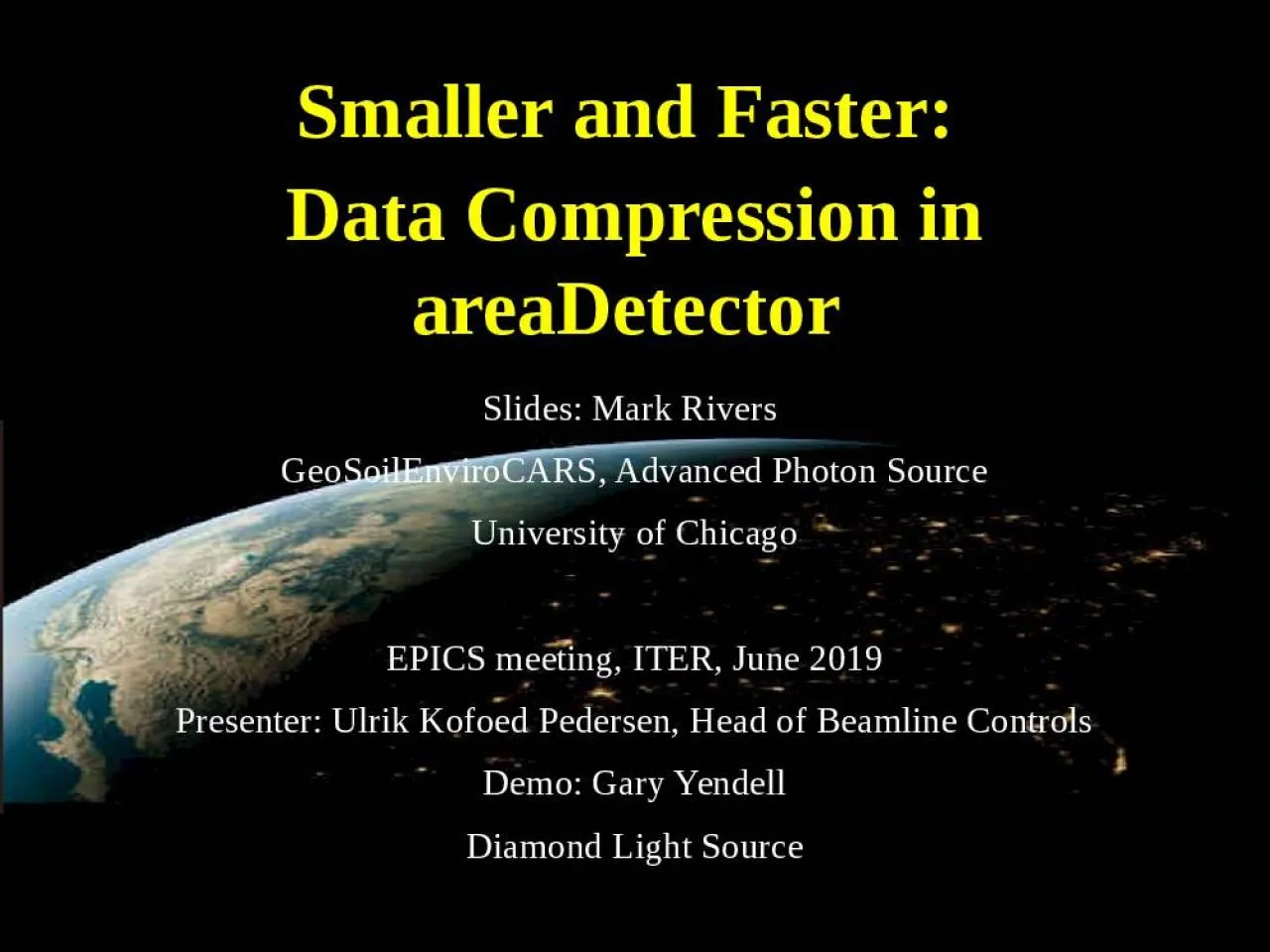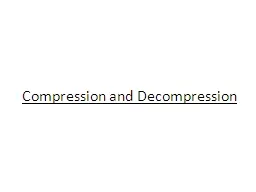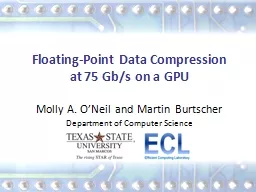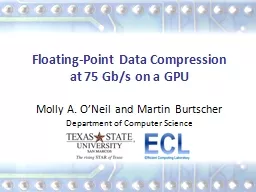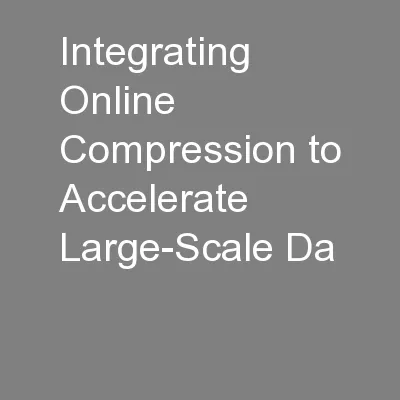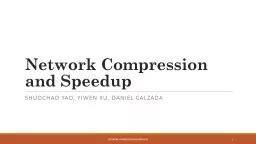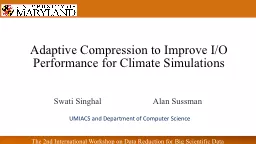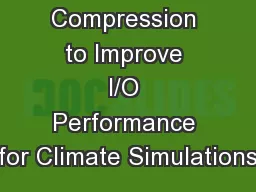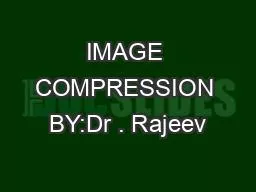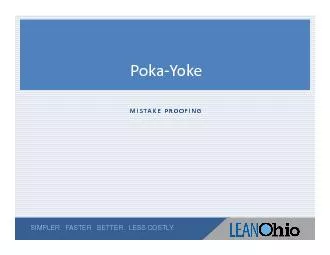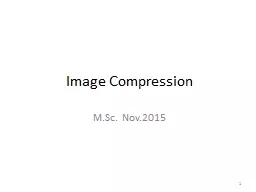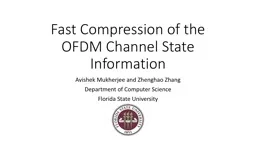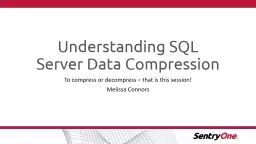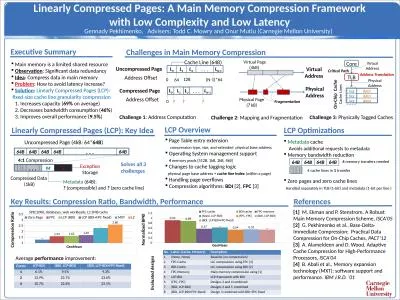PPT-Smaller and Faster: Data Compression in
Author : kimberly | Published Date : 2022-05-17
areaDetector Slides Mark Rivers GeoSoilEnviroCARS Advanced Photon Source University of Chicago EPICS meeting ITER June 2019 Presenter Ulrik Kofoed Pedersen Head
Presentation Embed Code
Download Presentation
Download Presentation The PPT/PDF document "Smaller and Faster: Data Compression in" is the property of its rightful owner. Permission is granted to download and print the materials on this website for personal, non-commercial use only, and to display it on your personal computer provided you do not modify the materials and that you retain all copyright notices contained in the materials. By downloading content from our website, you accept the terms of this agreement.
Smaller and Faster: Data Compression in: Transcript
Download Rules Of Document
"Smaller and Faster: Data Compression in"The content belongs to its owner. You may download and print it for personal use, without modification, and keep all copyright notices. By downloading, you agree to these terms.
Related Documents

